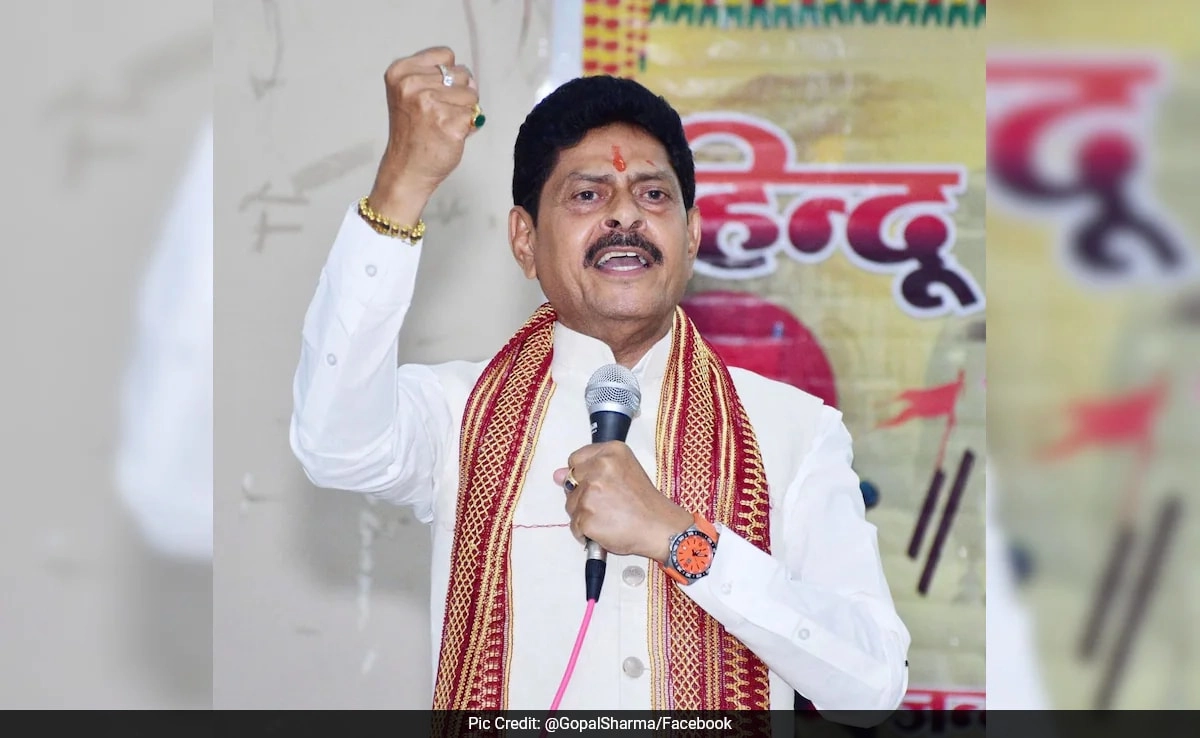In a recent development regarding the growing issue of stray dogs in urban areas, the Chief Justice of India has expressed his commitment to address the Supreme Court’s orders concerning the management of these animals. The matter has garnered significant attention, as stray dogs pose various challenges related to public safety, animal welfare, and urban infrastructure. The Chief Justice’s statement, “I will look into this,” underscores the judiciary’s recognition of the complexities involved in the situation and its intention to explore viable solutions.
Stray dogs have become a prominent concern in many cities, leading to incidents of dog bites and public fear. These issues are compounded by the lack of effective policies for managing the stray population, which has resulted in growing tensions between animal rights activists and public safety advocates. The Supreme Court’s involvement highlights the need for a balanced approach that considers both the welfare of the animals and the safety of the communities in which they live. The judiciary’s role in this matter is crucial, as it can help to set legal precedents and encourage the development of comprehensive strategies for managing stray dogs.
The Chief Justice’s pledge to investigate the Supreme Court’s directives indicates a willingness to engage with various stakeholders, including municipal authorities, animal welfare organizations, and public health experts. By fostering dialogue among these groups, the court aims to formulate effective policies that address the root causes of the stray dog problem while ensuring humane treatment of the animals. This approach could lead to innovative solutions, such as better vaccination and sterilization programs, which have proven successful in reducing stray populations in other regions.
Furthermore, the Chief Justice’s remarks suggest a recognition of the need for a multifaceted strategy that not only focuses on immediate interventions but also considers long-term solutions. This may involve community education initiatives aimed at promoting responsible pet ownership and encouraging local residents to participate in the care and management of stray animals. By adopting a collaborative mindset, the judiciary can facilitate the development of policies that are not only effective but also sustainable, thereby enhancing the quality of life for both humans and animals in urban settings.
In conclusion, the Chief Justice’s commitment to examining the Supreme Court’s order on stray dogs signals an important step toward addressing a pressing societal issue. With an emphasis on collaboration and humane treatment, the judiciary’s involvement could pave the way for comprehensive strategies that balance public safety with animal welfare. As discussions progress, it is hoped that effective solutions will emerge, fostering a harmonious coexistence between communities and the stray dog population.




